Arowanas are large, elongated fish with upward facing mouths. Like their relative the arapaima, they obtain oxygen by breathing air at the surface of the water. There are a number of different arowana species, each with their own unique differences. Some species come in brilliant arrays of color, from bright red to dazzling silver. Read on to learn about the arowana.
Description of the Arowana
These fish can grow to be relatively long, and they have an almost eel-like elongated body. Their dorsal and anal fins are short, soft, and extremely elongated. This gives them the appearance of an extremely long tail fin. Different species come in a variety of colors, from silver, to blue, and red. They have large mouths that face upwards to help capture prey from the surface of the water.
Interesting Facts About the Arowana
These popular aquarium pets are beautiful and interesting creatures. Their body structure gives them a drastically different appearance than many other freshwater fish, and they have a number of unique adaptations to help them survive.
- Monkeyfish – One species of arowana, the silver arowana, is sometimes referred to as the “silver monkey.” This nickname comes as a reference to their interesting acrobatic endeavors. When this species spots prey on low-hanging branches, it can leap as much as five feet above the water to capture it!
- Late Bloomer – Some species can be relatively late to develop. While the vast majority of bony fish reproduce at approximately six months of age, it can take Asian arowanas three or four years before they reach sexual maturity.
- That’s a Mouthful! – Just like their massive cousin, the arapaima, this species is a mouth-brooder. Males of some species will carefully collect the fertilized eggs in their mouths, and carry them until they hatch. Some will also carry the young fish until they grow larger to help protect them from predators.
- Asian Arowana – One of the slow-to-breed species is the Asian arowana. As with any species that is slow to reach sexual maturity, reproduction when populations are depleted can take much longer. As a result, the IUCN Red List considers these fish Endangered.
Habitat of the Arowana
All of the different species inhabit freshwater environments. They can survive in areas with less oxygen than some other fish species, helping them avoid competition for prey. In habitats with lower oxygen levels prey tend to be more sluggish as well, making them easier targets. It is common to find them in rivers, lakes, ponds, river basins, and even flooded forests.
Distribution of the Arowana
The different species can be found in different regions of the world. There are two species in South America, the silver, and black arowana. A number of species, including the endangered Asian arowana, are located in Asia. Two species are located in Australia, and a single species in India.
Diet of the Arowana
These predatory fish will prey on a wide variety of food, basically anything that fits in their surprisingly large mouth. Most of their feeding occurs at or near the surface of the water. They prey on crustaceans, insects, small fish, and basically anything that falls into the water. Specimens are sometimes found with birds, snakes, and even bats in their stomachs.
Arowana and Human Interaction
A number of different arowana species are commonly kept as pets. In some species, this pressure, along with habitat destruction, has caused sharp population decreases. Native people in the region also target some species as food, though there are not extensive commercial fishing operations targeting any arowana species.
Domestication
None of the species kept in aquariums have been fully domesticated, though some are successfully bred in captivity.
Does the Arowana Make a Good Pet
Arowanas can make good pets, but only for an experienced aquarist. They can grow much larger than most freshwater aquarium fish, and thus require a bigger tank. Some can also be quite picky eaters, resulting in an expensive diet.
Arowana Care
These fish require more intensive care than most freshwater species. They are mostly surface dwelling, so tanks should be long and wide rather than deep. Though every fish is different, most individuals will not eat pelleted food.
Some more palatable food sources include earthworms, crabmeat, shrimp, and beef heart. Water temperature, pH, etc. should be monitored based on what is best for the individual species you have chosen.
Behavior of the Arowana
Arowanas are solitary predators, and hunt for their prey along the surface of the water. Many species will actually leap quite high out of the water to snag prey within their reach. As juveniles they will live in small groups, but adults are highly territorial. Some species will remain in pairs to care for the eggs and offspring.
Reproduction of the Arowana
Each species has slightly different reproductive strategies. Most produce relatively low numbers of eggs for fish. It is not uncommon for a female to lay as few as 30 eggs.
Different species have different levels of care. Some will protect their nest viciously, and others will even carry the eggs and young in their mouths to protect them from predators. Some species of arowana do not reach sexual maturity for 3 – 4 years.
Beliefs, Superstitions, and Phobias About the Arowana
In Asian culture, the arowana is believed to closely resemble the Chinese Dragon. The fish are even believed to be reincarnations of dragons, and are considered a symbol of luck, strength, prosperity, and wealth. Some also believe that if their fish dies, it is because the fish took their place and they were supposed to die. In essence, their fish saved their life!


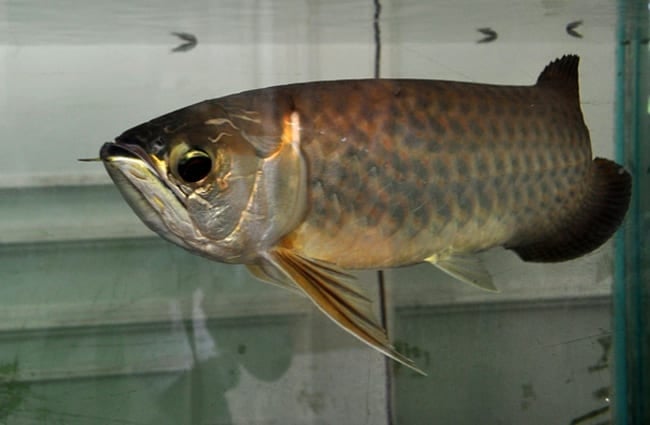
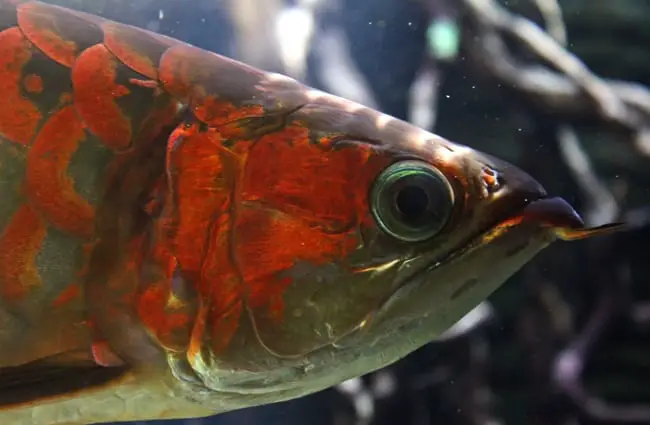
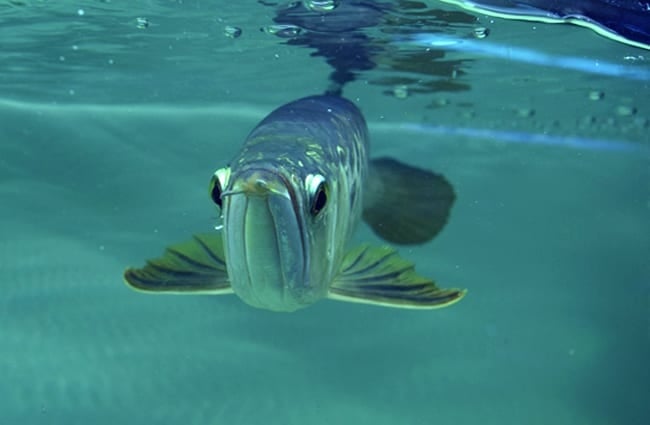
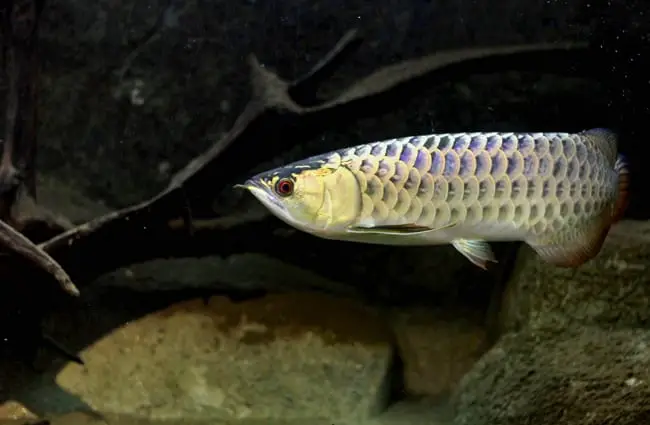

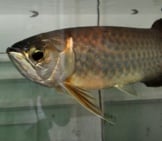
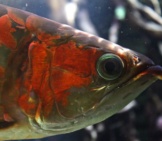

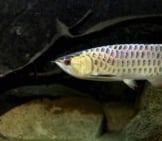
![Red Angus Closeup of a beautiful Red Angus cowPhoto by: U.S. Department of Agriculture [pubic domain]https://creativecommons.org/licenses/by/2.0/](https://animals.net/wp-content/uploads/2020/03/Red-Angus-4-238x178.jpg)












![Red Angus Closeup of a beautiful Red Angus cowPhoto by: U.S. Department of Agriculture [pubic domain]https://creativecommons.org/licenses/by/2.0/](https://animals.net/wp-content/uploads/2020/03/Red-Angus-4-100x75.jpg)

